Gwangalli Beach (광안리해수욕장)
15.9Km 2025-04-14
219 Gwanganhaebyeon-ro, Suyeong-gu, Busan
+82-51-622-4251
Located to the west of Haeundae Beach, Gwangalli Beach is 1.4 kilometers long and 25~110 meters wide, and is famous for its fine sand. The area underwent a water purification process, which led the ecosystem to flourish in the nearby river waters. In addition to the beachfront, the Gwangalli area is filled with delicious restaurants and romantic cafes, as well as stores selling famous fashion brands. The area has plenty to offer, but many people come in the evening to take in the bright lights of Gwangandaegyo Bridge, stretching across the horizon.
Busan Fireworks Festival (부산불꽃축제)
15.9Km 2024-10-16
219 Gwanganhaebyeon-ro, Suyeong-gu, Busan
+82-51-713-5000
Busan Fireworks Festival takes place every autumn along Gwangalli Beach. The festival’s diverse programs of cultural events, high-tech laser light shows, and myriad of unique and colorful fireworks make this one of the area’s most popular festivals, drawing crowds of over 1 million visitors each year. Although most people flock to the beach for a closer view of the festivities, nearby Hwangnyeongsan Mountain, Dongbaekseom Island, and Igidae Coastal Park also offer great views of the fireworks.
Busan APP WORLD TOUR (부산개최 APP WORLD TOUR 국제대회 이벤트)
15.9Km 2022-10-21
219, Gwanganhaebyeon-ro, Suyeong-gu, Busan
• 1330 Travel Hotline: +82-2-1330 (Korean, English, Japanese, Chinese) • For more info: +82-2-6677-1499
APP World Tour is an international competition for developing various water sports. APP hosts the World Tour in large cities around the globe to raise the accessibility of SUP. In addition, they aim to provide contests for people of all ages and skill levels to enjoy. APP World Tour has pro-amateur races to beginner-level races as well as SUP yoga and lessons for children making it enjoyable for participants and the audience. APP aims to have a positive influence through sports. As a part of this, they host environment conservation campaigns for cleaning the sea.
Gwangalli Marvelous Drone Light Show (광안리 M(Marvelous) 드론 라이트쇼)
15.9Km 2025-08-08
219 Gwanganhaebyeon-ro, Suyeong-gu, Busan
+82-51-610-4882
Every Saturday evening, hundreds of drones light up the night sky over Gwangalli in a range of fascinating formations through the Gwangalli Marvelous Drone Light Show.
Homers Hotel (호메르스호텔)
15.9Km 2021-06-30
217, Gwanganhaebyeon-ro, Suyeong-gu, Busan
+82-51-750-8000
Homers Hotel sits along the beach at the end of beautiful Gwangandaegyo Bridge, offering not only a cool coastal breeze, but also a picturesque view of the city skyline. As a boutique hotel, Homers is the picture of comfort and luxury. Most rooms in the 20-story building have an ocean view and offer room service 24/7. Facilities include restaurants, a sky lounge, a wedding hall, a banquet room, a fitness club, and a large parking lot that stretches from B1 to B4. Nearby tourist attractions include Gwangalli Beach and Haeundae Beach, an aquarium, and dried fish market.
Yeon-San Dangdang Korean Medicine Hospital (연산당당한방병원)
15.9Km 2025-07-29
82 World cup-daero, Yeonje-gu, Busan
Yeonsan Dangdang Korean Medicine Hospital is a 98-bed hospital located in central Busan, near Yeonsan Station. The hospital offers traditional Korean medicine treatments, internal medicine, orthopedic care, and health screenings. It also has staff who speak English, Chinese, Japanese, and Vietnamese, ensuring that international patients can receive care in a comfortable and welcoming environment.
Olive Young - Busan Minam Station Branch [Tax Refund Shop] (올리브영 부산미남역점)
15.9Km 2024-06-27
1F, #101, 3, Asiad-daero 231beon-gil, Dongnae-gu, Busan
-
Olive Young - Yeonsan Station Branch [Tax Refund Shop] (올리브영 연산역점)
16.0Km 2024-06-28
1086, Jungang-daero, Yeonje-gu, Busan
-
Gaya Halmae Milmyeon (가야할매밀면)
16.0Km 2019-08-17
32, World cup-daero 145beon-gil, Yeonje-gu, Busan
+82-51-865-8017
Located in Yeonsan-dong, Gaya Halmae Milmyeon specializes in milmyeon (wheat noodles), one of the most famous dishes in Busan.
Seosaengpo Waeseong Fortress (서생포왜성)
16.0Km 2020-02-05
Seosaeng-ri, Seosaeng-myeon, Ulju-gun, Ulsan-si
+82-52-204-0324
Seosaengpo Waeseong Fortress
(Seosaengpo Japanese Fortress) is a stone fortress typical
of the Japanese style popular in the later part of the 16th century. It was built under the leadership of Japanese General Kato Kiyomasa in
1592-1593 at the beginning of the Imjinwaeran War (Japanese invasion, 1592-1598). The main fortress is located on a mountaintop 200 meters above
sea level, a second fortress is halfway down the mountain, and a third fortress is
located at the bottom of the mountain. The whole fortress is rectangular shaped. The fortress wall is 6 meters high and slants at an angle of 15 degrees.
In 1594, a Buddhist monk named Samyeong-daesa came to Seosaengpo Waeseong Fortress four times to negotiate for peace, but he failed each time. In 1598, the fortress was taken over
by Korea with the assistance of General Magwi of the Ming dynasty. A year later, Changpyodang Shrine was built in honor of 53 Koreans
who died during battles against the Japanese invading forces. However, the shrine was destroyed during the Japanese imperialism period and no
trace of it remains. It is possible to tell from Seosaengpo Jinseongdo (a map drawn up in 1872) that the fortress was also partially used by Korean forces.
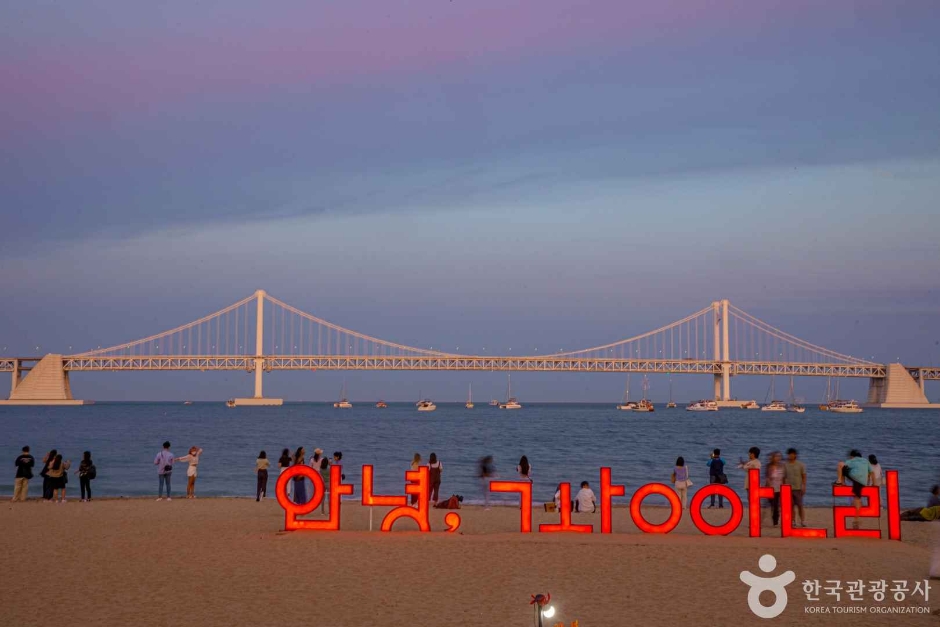

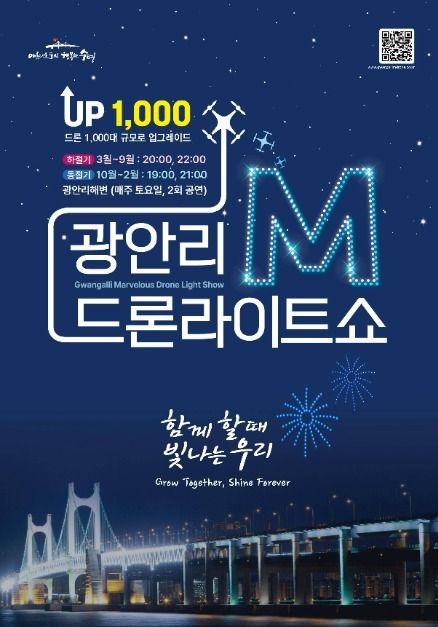
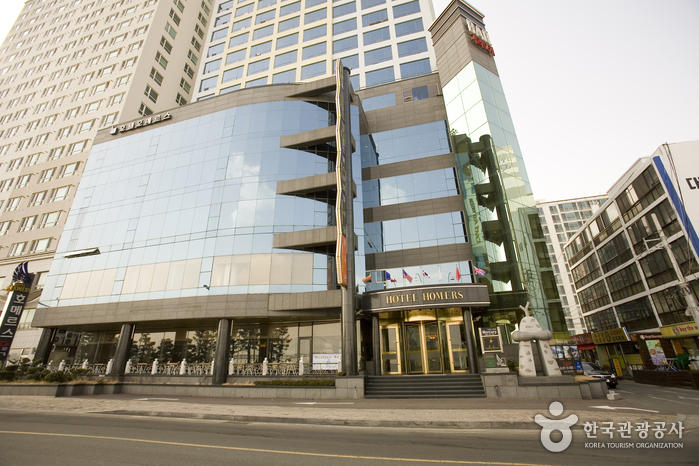
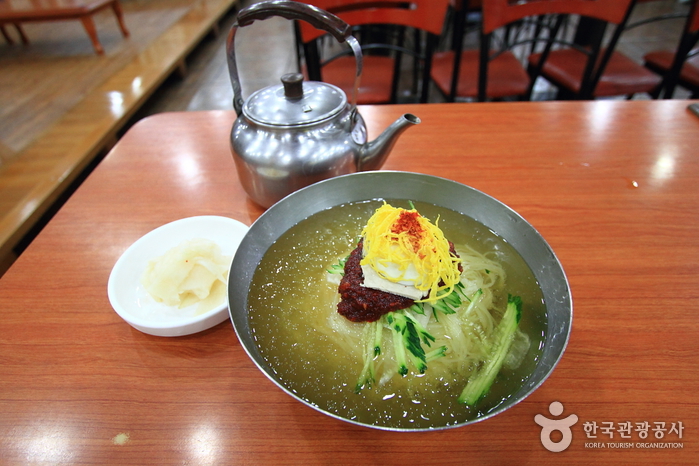
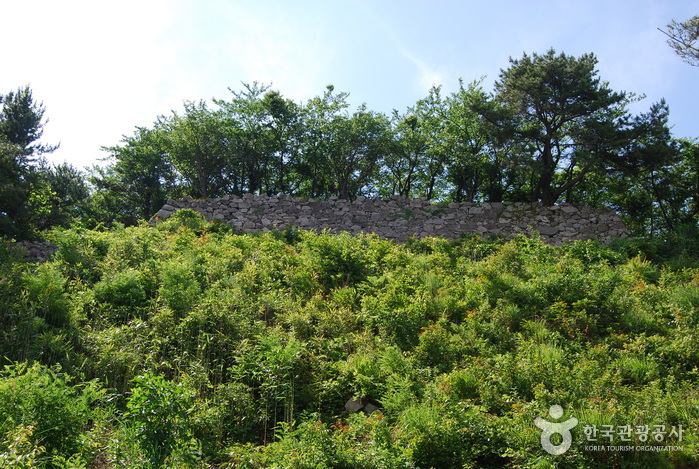
 English
English
 한국어
한국어 日本語
日本語 中文(简体)
中文(简体) Deutsch
Deutsch Français
Français Español
Español Русский
Русский